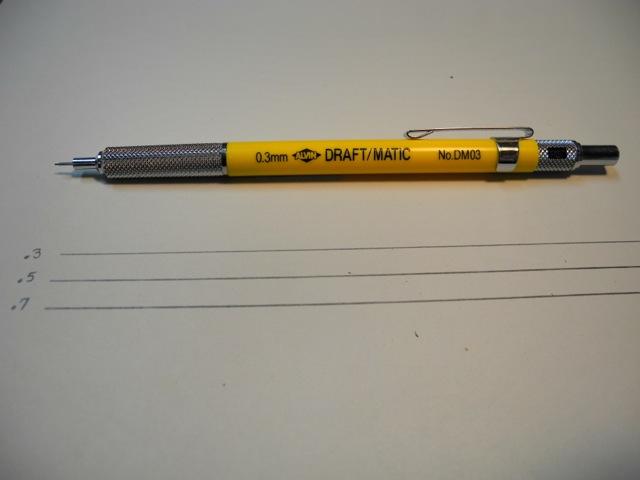-
Posts
1,500 -
Joined
-
Last visited
Content Type
Profiles
Forums
Gallery
Events
Posts posted by Mahuna
-
-
-
Thanks Danny - this definitely goes into my files.
Frank
-
Gaetan is correct, a micro motor system is much easier to control. The Foredom has more torque and is better for removing large amounts of stock. I use both. Another advantage of the Foredom is that you can set it up in a jig and use it for routing and milling.
If you're looking for a rotary tool for small work, then the micro motor would be the better choice. Gesswein tools are very high quality (I have the Marathon Handy 700), but are very expensive. Woodcarving sites have other manufacturers to choose from - here's a link to an example:
http://www.woodcarverssupply.com/NEW-MICRO-PRO-CHAMPION-SET/productinfo/793800/
Frank
-
I've been using the Foredom for years in my other hobby (bird carving). I would recommend the SR model, which allows you to change the direction of the spin. There are several handpiece choices available as well, which adds to the utility of the tool..
Frank
-
Very helpful topic. I recently bought a 16" Excaliber and love it. I've been using Olsen blades on it with no problems, but was not sure what size blade and/or tooth configuration to use for the different materials I'm working with. The link posted by Jeff is what I was looking for.
Thanks to all.
Frank
-
Thanks for this info. Very informative.
Frank
-
Hi Ed:
I recently borrowed a well-used copy of Volume 1 from a good friend, and I've already ordered my own copy - it's exactly what I need. I started ship modeling about a year ago and have completed a couple of POB kits. My goal is to complete a POF version of the Dunbrody, and your book will help me understand the techniques I need to master and the proper way to use my tools.
Frank
-
Hi Mark:
Thanks for showing the Crosscut Table. I have a Byrnes saw, but I'm new to using table saws in general and seeing what others have done is really very helpful. Do you (or others) have any other examples of jigs or homemade accessories for a small table saw?
I'm also not sure of how to make the cut in a zero-tolerance insert - do you use the actual saw blade to cut the slit?
Thanks!
Frank
-
-
Jay - you're correct in what you said: "Now that I look a bit closer, it seems the one in front is stationary and the one in the back slides in a curved slot to make the thickness adjustments. Right?"
Another really nice feature is that the port for a dust collector works really well - I attached my Fein shop vac to it and there was almost no dust after I used it. The only issue I had is that my old drill press didn't have a fine adjustment for table height, so changing drums was more of a job than it needed to be - this is more of a drill press problem than a Luthier's Friend problem.
Frank





Priming Dowel?
in Painting, finishing and weathering products and techniques
Posted
Water based paint will raise the grain of the wood (one reason why Russ is sanding after each of the first couple of coats). The wood can be sealed with a light coat of a mixture of 1 part clear lacquer to 1 part lacquer thinner. That's the primer used by bird carvers before painting birds carved from tupelo or basswood with acrylic washes. No sanding should be needed after painting if the wood is primed with this mixture. It's important that after this priming the wood should not be handled, since the oil from your hand will keep the acrylic from adhering properly.
Hope this helps,
Frank